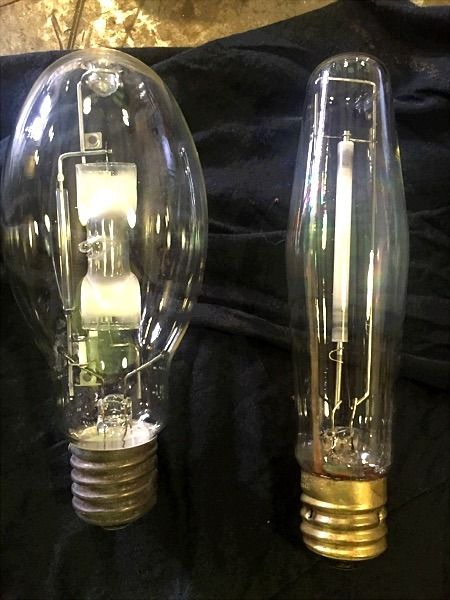Sigurthr
0
- Joined
- Dec 11, 2011
- Messages
- 4,364
- Points
- 83
Anytime, =) .
Interesting forum there!
Yeah, the incandescence of the electrodes and the electron/ion interactions all create continuum bands, which are often swamped out of our vision by the strong emission bands. Feel free to post the image I linked on that other site for the benefit of all, I don't mind, and I'm not about to register to do it.
Re: 405nm; an interesting coincidence is that nearly all of the common laser wavelengths lie close to emission spectra of Mercury. It's one reason I'll always lust over a HeHg or Hg-ion laser.
Starlight: your shutter speed is running at a harmonic of the ballast frequency, adjust your shutter speed to compensate.
Interesting forum there!
Yeah, the incandescence of the electrodes and the electron/ion interactions all create continuum bands, which are often swamped out of our vision by the strong emission bands. Feel free to post the image I linked on that other site for the benefit of all, I don't mind, and I'm not about to register to do it.
Re: 405nm; an interesting coincidence is that nearly all of the common laser wavelengths lie close to emission spectra of Mercury. It's one reason I'll always lust over a HeHg or Hg-ion laser.
Starlight: your shutter speed is running at a harmonic of the ballast frequency, adjust your shutter speed to compensate.









